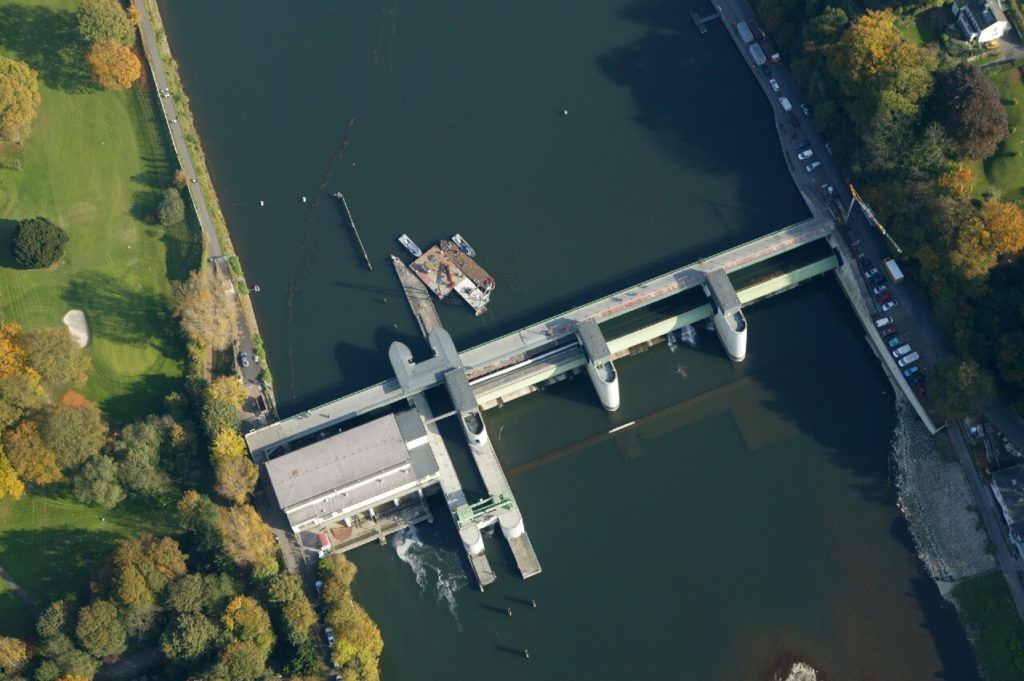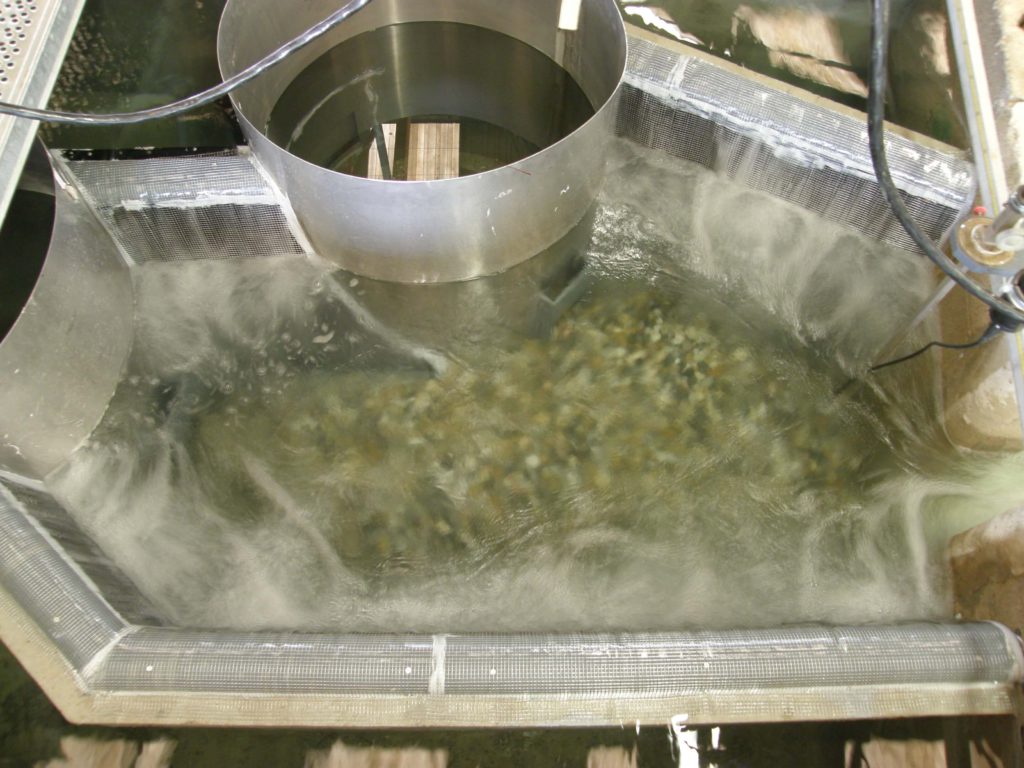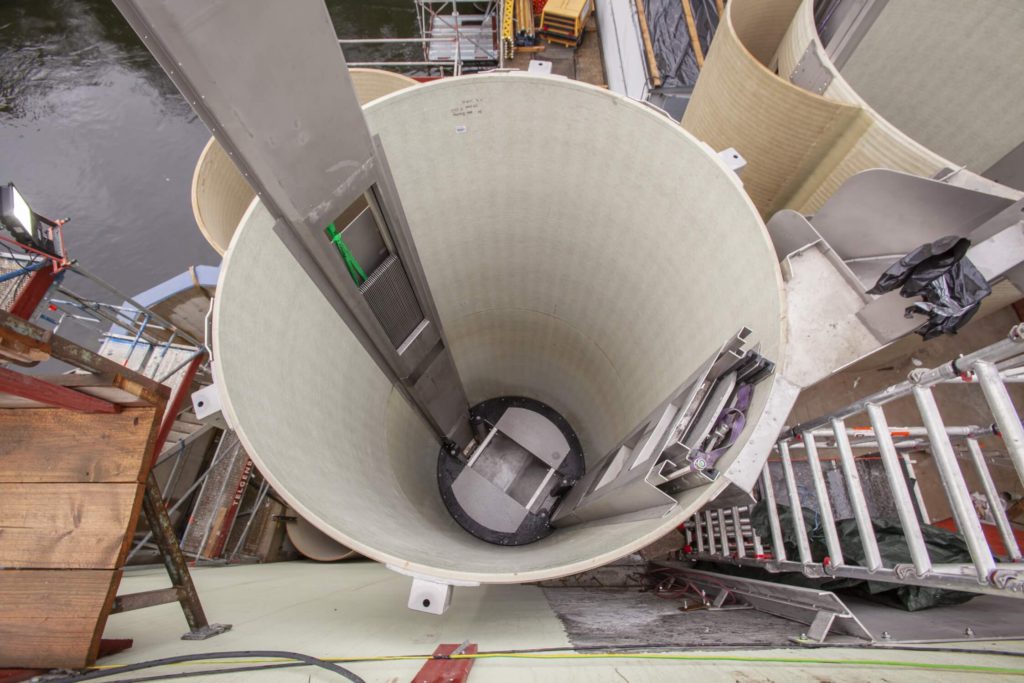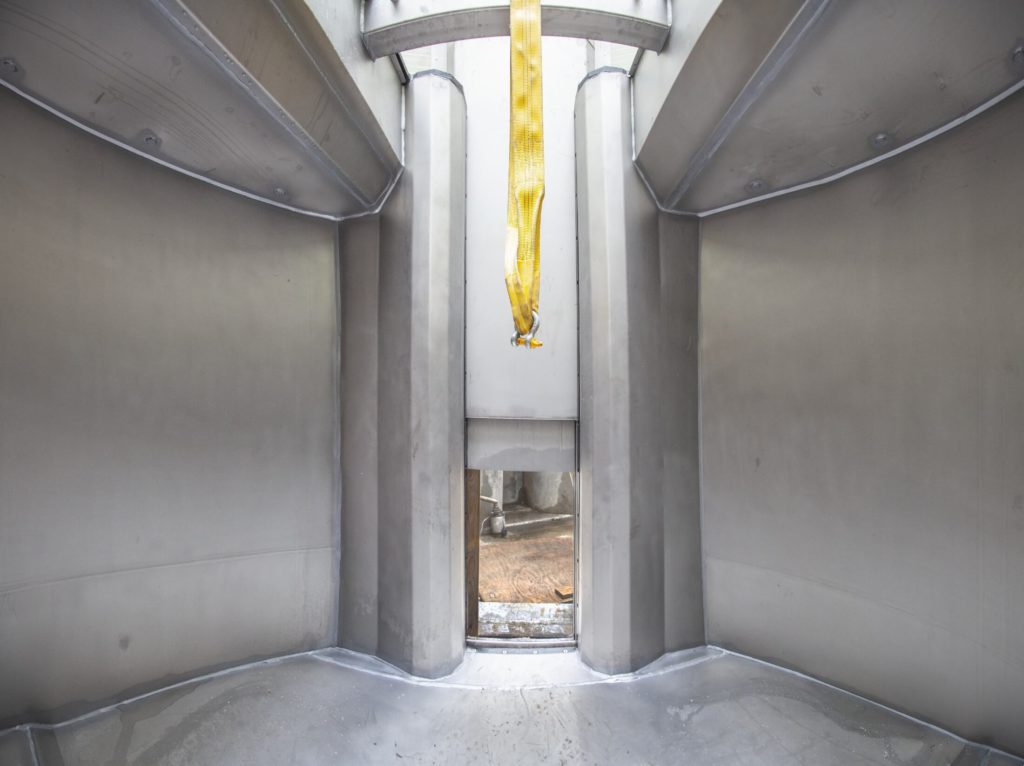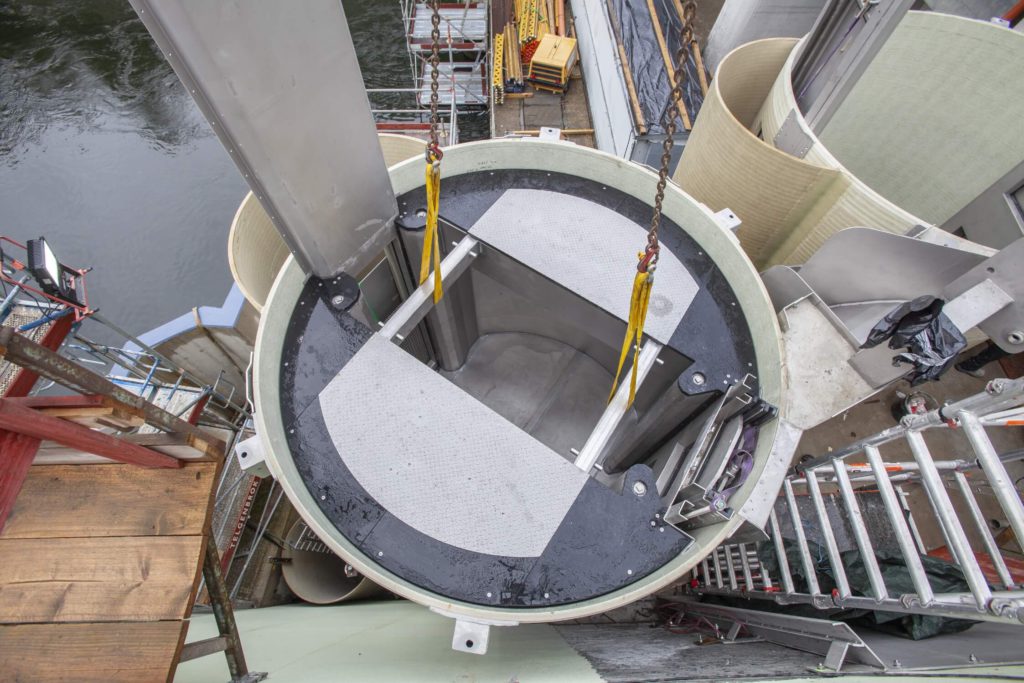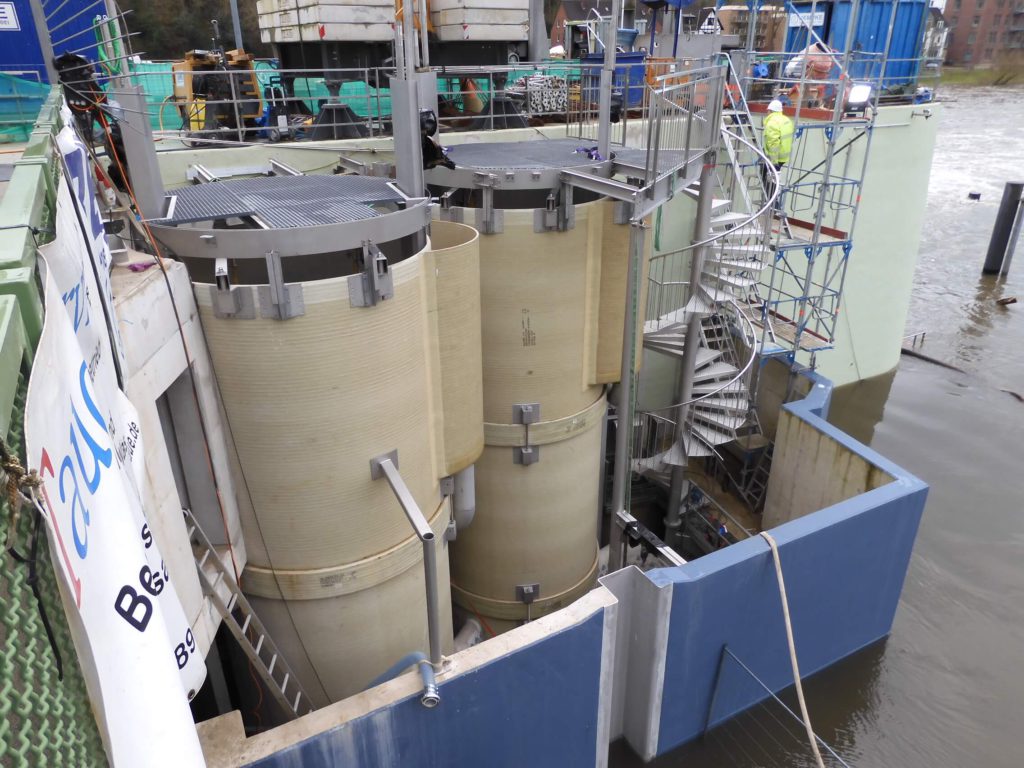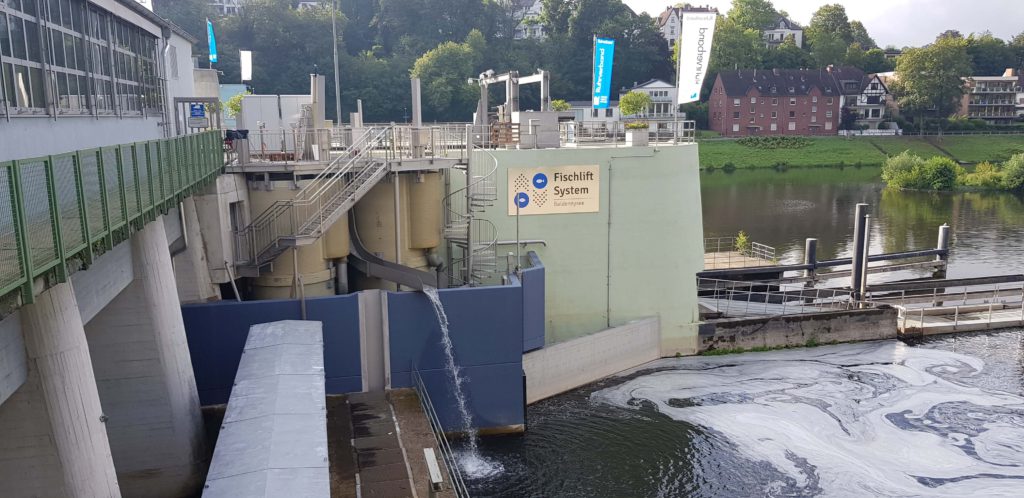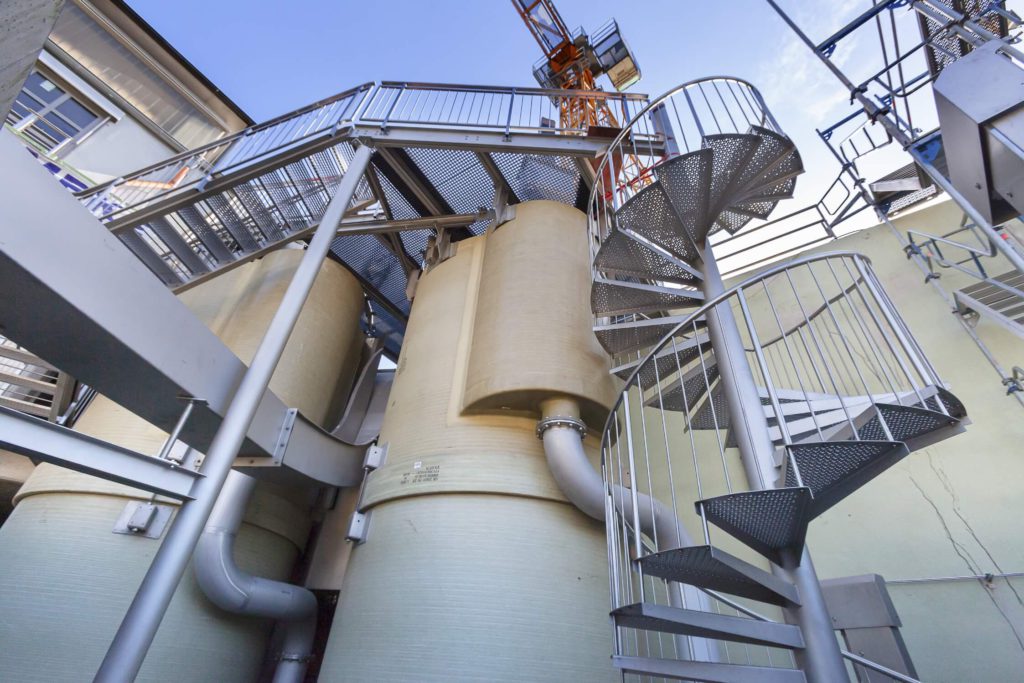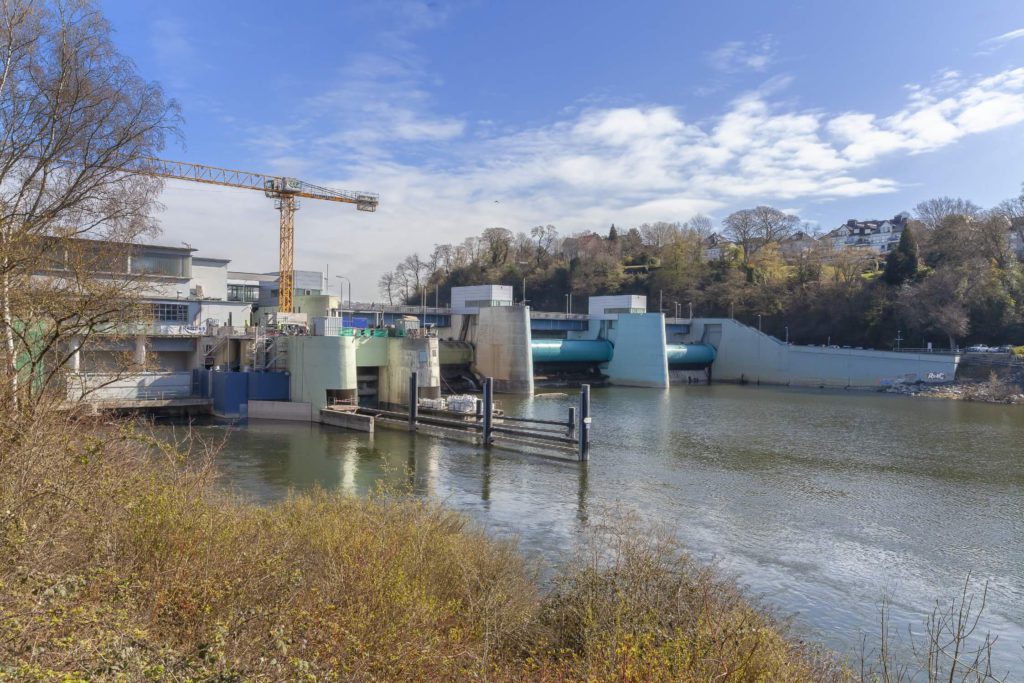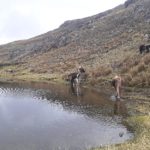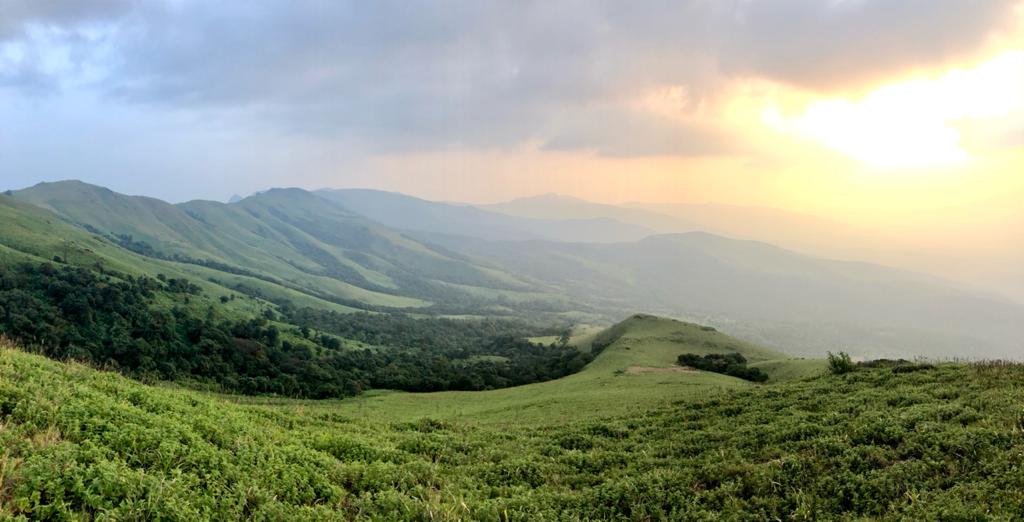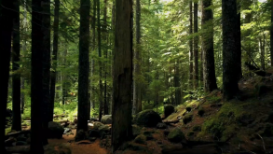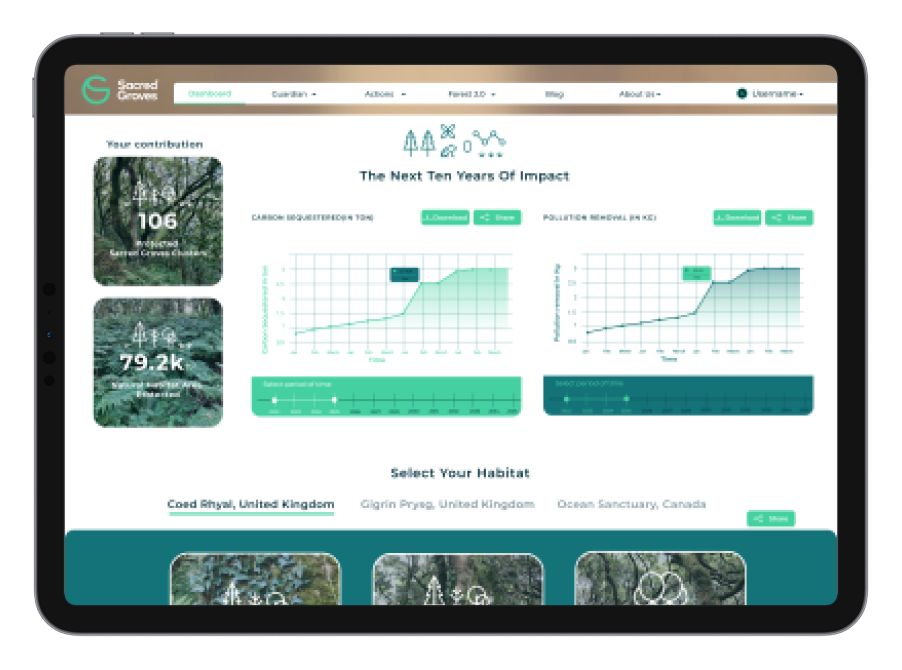Traffic jams are as problematic for fish as they are for humans: preventing migration and leading to dwindling species diversity. A custom-made, hi-tech fish elevator, in the Ruhr in west Germany, is showing that aquatic migrations have the potential to bounce back, even where topography makes traditional fixes tricky.
For fish, rivers are high-speed traffic lanes in the same way that motorways are for humans. The Ruhr in west Germany, for example, is such a highway, leading fish to spawning and feeding grounds as well as summer or winter resting places in small lakes and tributaries. On those motorways, however, fish, just like humans, also have to deal with narrow lanes, road works or complete closures. And any such obstacle can have serious consequences for species diversity.
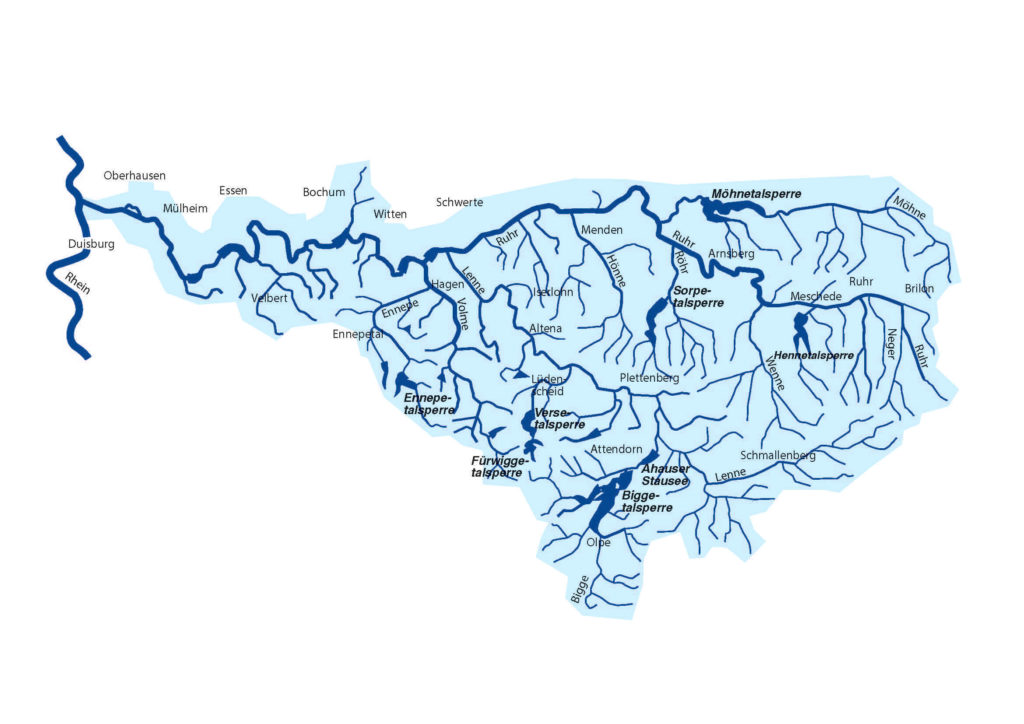
“Fish need unobstructed water ways as they depend on different conditions in different life stages,” says Svenja Storm, a fishing biologist at the regional fishing association of Westphalia/Lippe. “Where an adult fish finds the optimal food for itself, there does not have to be a suitable place for the positioning of spawn or the growth of the young fish. In fact, all fish species migrate in the course of their life in order to optimize their food intake, to avoid unfavourable conditions such as water bodies falling dry to increase the reproductive success.”
One man currently trying to solve this problem is Markus Kühlmann. The 53-year-old engineer has spent the last nine years transforming the 219-kilometre-long Ruhr into the aquatic superhighway it once was. At Baldeney weir near Essen, Kühlmann, together with a team of engineers, biologists, ecologists and hydraulic engineers, developed a system that is unique to the world: a continuously running elevator which transports the fish to the top of the weir.
Part of the impetus for the project, which cost a cool US $8 million, were regulations published by the European Union and the German Environment Agency which require all water bodies in Germany to be in “good condition” again by 2027. Within this regulation was the provision for every German river to be passable for fish.
There being the political will to get Kühlmann’s project off the ground, there was an immediate problem. This location in the Ruhr was not spacious enough for a traditional fish ladder (a series of pools where one is a little higher than the next to allow fish to climb the distance step by step).
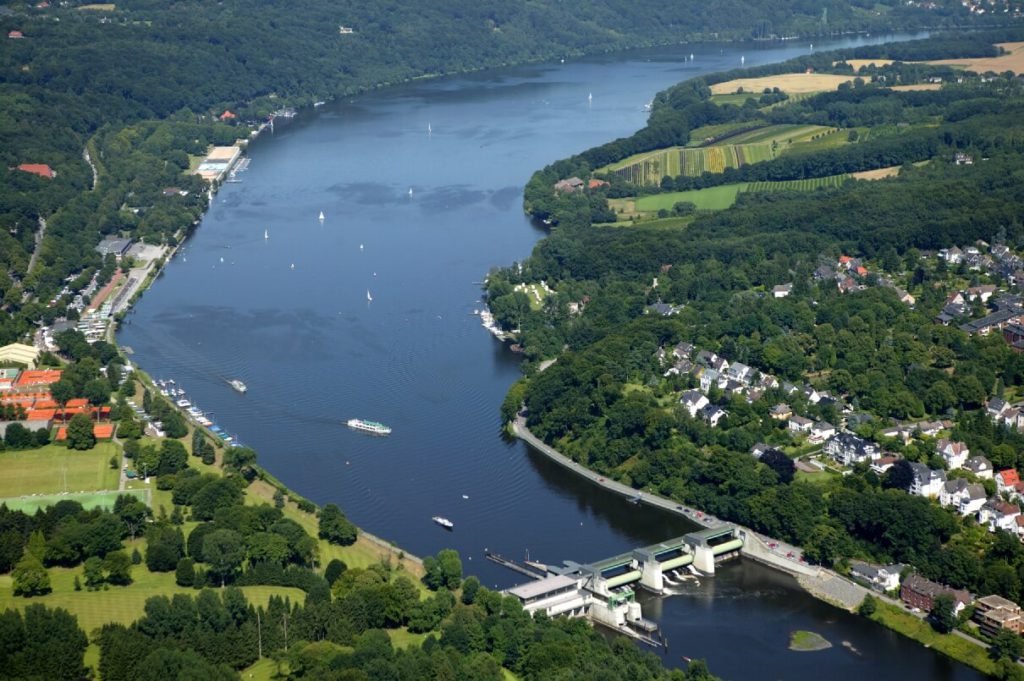
Looking for an alternative, Kühlmann found novel fish elevator designs in France, Australia and the United States: “But they did not cover enough height or were created only for certain species,” he says. “We had to come up with something completely new.” He teamed up with engineers from southern Germany as well the Karlsruhe Institute of Technology to first develop a computer simulation.
The way the eventual elevator design works is simple: there’s a tube with a flexible chamber; when the chamber is at the bottom, the fish enter, get transported nine meters upwards and exit the chamber again to continue their journey. To prevent fish from queuing in front of a closed door at the bottom while the lift is at the top, the system consists of two tubes with alternating elevators. Kühlmann and his team developed specific algorithms and underwater sonars to detect when the chamber is full or if a particularly large fish – possibly a predator – is waiting in the elevator and preventing other fish from entering. (The large fish is then transported separately.) “A second software is fed with environmental data that influence the migration activity of the animals, such as season, water temperature or moon phase. That way, the operating intervals of the elevator automatically adjust,” Kühlmann explains.
After years of development, the fish elevator started operating in August 2020 and has been running round the clock since then.
Officials from other cities such as Augsburg are looking to adopt the high-tech elevator model, although Kühlmann admits the price tag of what’s currently a bespoke build will inhibit roll-out of replicas of the Baldeney fish ladder across the globe. That said, Kühlmann hopes his insights will help other regions to think more radically about how they can help migratory fish get from A to B.
Author: Florian Sturm, The India Story Agency for Sacred Groves
Images Credit: Florian Sturm
Did you enjoy this article?
Share with friends to inspire positive action.
